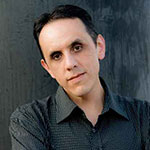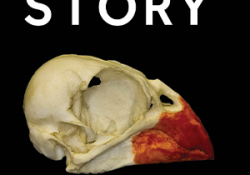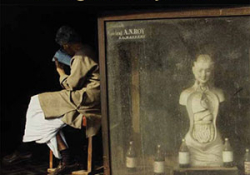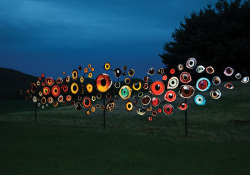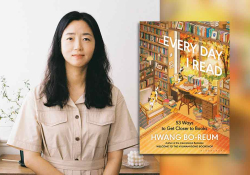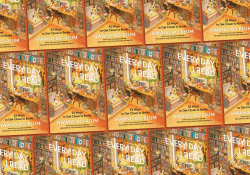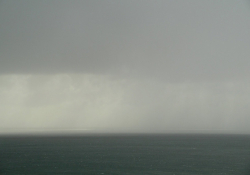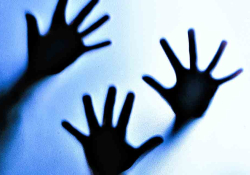A Periodic Table of Books
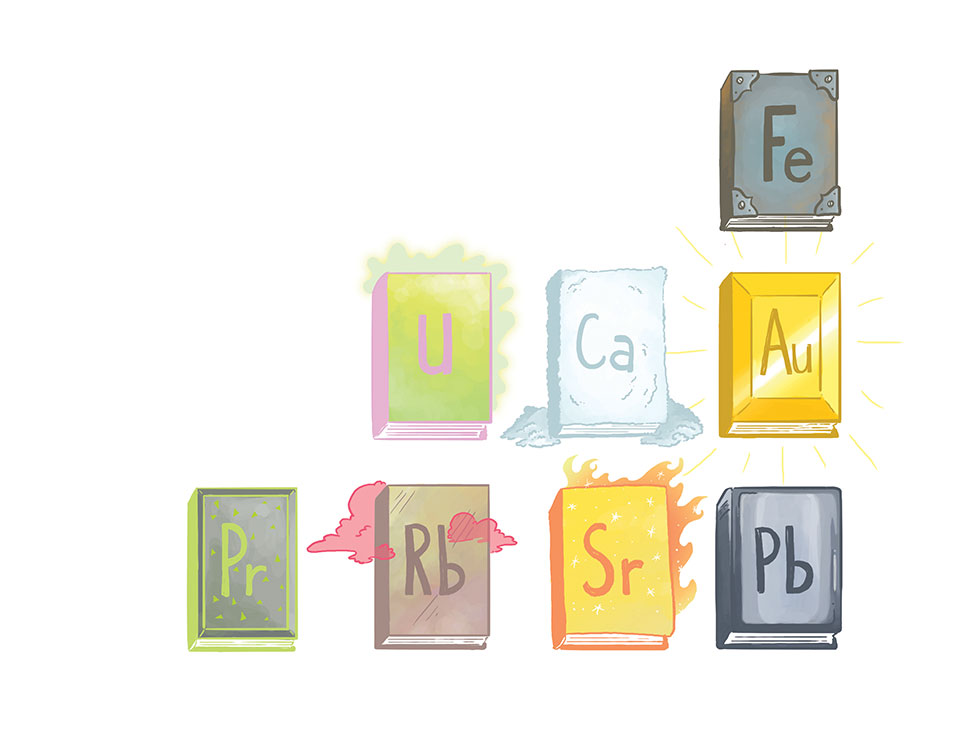
{CR}
Chromium books that are all shiny surface.
{FE}
Iron books, extremely heavy, which resist being read and are left to rust, little
by little.
{H}
Hydrogen books that explode just by opening them.
{ZN}
Zinc books: humble, useful, with a moderate gloss.
{NA}
Sodium books, which are everywhere but often ignored and react violently to humid glances.
{CS}
Cesium books, with a precise pulse, reliable, whose titles are seldom remembered.
{P}
Phosphorus books: luminous, leaving traces in the deepest parts of the body.
{S}
Sulfur books, which cause everyone to turn up their nose but at the same time are indispensable.
{SB}
Antimony books: always in the company of others, always neglected and misplaced, rarely opened.
{O}
Oxygen books: indispensable but never to be read in full, in their pure state, because they go to your head.
{U}
Uranium books, which remain forever in your flesh and burn slowly.
{PB}
Lead books, extremely heavy, which claim to protect but kill instead.
{SR}
Strontium books, which look yellow but glow burning red.
{CA}
Calcium books, which form deposits and settle in inaccessible folds.
{K}
Potassium books: soft, so they say, but be careful when touching them.
{I}
Iodine books: scarce and essential; those who don’t read them are a bit dumber, even if they don’t realize it.
{RARE EARTH}
Books made of ytterbium, erbium, terbium, yttrium books: their readers always feel like someone who arrives to an unknown city.
{RU}
Ruthenium books, which harden us, are difficult to find, and rarely discussed.
{BA}
Barium books, which we always find with someone else, who treats them almost
like diamonds.
{PR}
Praseodymium books, which think they are merely useful and practical but conceal a double: a green or metallic mystery.
{RB}
Rubidium books: almost always thought useless yet inspire vivid dreams of
brilliant red.
{AS}
Arsenic books, like the one Napoleon read for years, they say, with such fervor that it became part of him.
{PT}
Platinum books, which can serve as mere decoration, or can be nutritious, or
even explosive.
{CD}
Cadmium books, which drive readers hopelessly mad, and without the possibility of appeal.
{AG}
Silver books, which fix images, cure warts, bring rain, open the skin, and threaten
to disappear.
{SI}
Silicon books: abundant, simple, capable of fixing the memory of both words and light.
{TI}
Titanium books, which everyone competes for and for petty reasons.
{GE}
Germanium books, which are very expensive and always expect to be replaced by others.
{AU}
Gold books: beautiful, brilliant, but pass through us without causing harm or benefit.
{NOBLE GASES}
Argon, xenon, radon books: inert.
{HG}
Mercury books, beautiful in appearance but slippery; they slide away, disappear.
{C}
Carbon books: those who feel as if they were part of their life since
before: forever.
